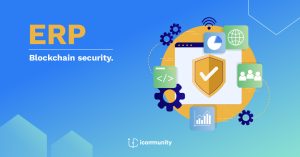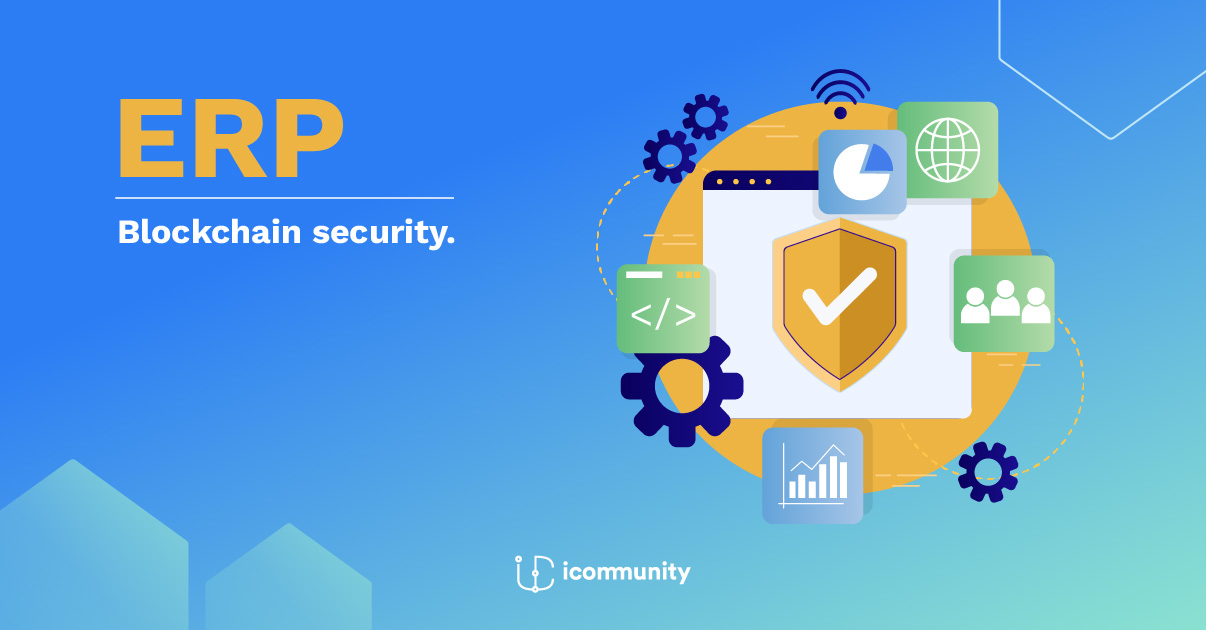Introduction
Enterprise Resource Planning (ERP) systems are integral to managing business processes, consolidating data, and streamlining operations. Given their central role in handling sensitive and critical business information, ensuring robust data security within ERP systems is paramount. Data breaches, unauthorized access, and loss of data can have significant repercussions, including financial loss, reputational damage, and regulatory penalties. This article explores the key aspects of data security in ERP systems, including best practices, common threats, and strategies for safeguarding sensitive information.

1. Understanding the Importance of Data Security in ERP Systems
A. Centralization of Sensitive Data
ERP systems centralize a wide range of sensitive business data, including financial records, customer information, supplier details, and proprietary business processes. The centralization of this data makes ERP systems a prime target for cyberattacks, emphasizing the need for robust security measures.
B. Compliance with Regulations
Many industries are subject to regulatory requirements regarding data security and privacy, such as GDPR (General Data Protection Regulation), HIPAA (Health Insurance Portability and Accountability Act), and SOX (Sarbanes-Oxley Act). Ensuring data security within ERP systems is crucial for maintaining compliance with these regulations and avoiding legal and financial penalties.
2. Common Threats to ERP System Security
A. Cyberattacks and Hacking
Cyberattacks, including hacking, phishing, and ransomware, pose significant threats to ERP systems. Attackers may seek to exploit vulnerabilities in the ERP system to gain unauthorized access, steal data, or disrupt operations. Regular security assessments and updates are essential to mitigate these threats.
B. Insider Threats
Insider threats involve unauthorized or malicious activities by employees or other trusted individuals with access to the ERP system. These threats can result in data breaches, fraud, or sabotage. Implementing access controls and monitoring user activities can help detect and prevent insider threats.
C. Data Breaches and Leaks
Data breaches and leaks occur when sensitive information is exposed or accessed without authorization. Such incidents can result from inadequate security measures, misconfigured settings, or human error. Protecting data through encryption and secure access controls is vital to preventing breaches.
3. Best Practices for ERP System Data Security
A. Implement Strong Access Controls
1. Role-Based Access Control (RBAC)
Implement role-based access control to restrict access to ERP system data based on users’ roles and responsibilities. RBAC ensures that users only have access to the information and functions necessary for their job, reducing the risk of unauthorized access.
2. Multi-Factor Authentication (MFA)
Use multi-factor authentication to enhance login security. MFA requires users to provide additional verification factors beyond just a password, such as a security code sent to a mobile device. This adds an extra layer of protection against unauthorized access.
B. Encrypt Sensitive Data
1. Data Encryption at Rest
Encrypt sensitive data stored in the ERP system to protect it from unauthorized access. Encryption at rest ensures that data is secured even if physical storage devices are compromised.
2. Data Encryption in Transit
Encrypt data transmitted between the ERP system and other systems or users. Encryption in transit protects data from being intercepted or accessed during transmission, ensuring secure communication.
C. Regular Security Audits and Updates
1. Conduct Security Audits
Regularly perform security audits to assess the effectiveness of your ERP system’s security measures. Audits help identify vulnerabilities, evaluate compliance with security policies, and recommend improvements.
2. Apply Security Updates and Patches
Keep the ERP system and its components up-to-date with the latest security updates and patches. Vendors frequently release updates to address known vulnerabilities and enhance security. Promptly applying these updates helps protect the system from emerging threats.
D. Monitor and Analyze System Activity
1. Implement Logging and Monitoring
Enable logging and monitoring of ERP system activity to detect unusual or unauthorized actions. Logging provides a record of system access and changes, while monitoring helps identify potential security incidents in real-time.
2. Analyze Security Alerts
Regularly analyze security alerts and reports to identify patterns or anomalies that may indicate a security breach. Prompt investigation and response to alerts can prevent or mitigate potential security incidents.
E. Educate and Train Users
1. Provide Security Training
Educate employees and users on best practices for ERP system security, including recognizing phishing attempts, using strong passwords, and following security policies. Regular training helps reduce the risk of human error and improves overall security awareness.
2. Promote Security Awareness
Promote a culture of security awareness within the organization. Encourage employees to report security concerns and participate in security initiatives, such as awareness campaigns and simulated phishing exercises.
4. Strategies for Managing Data Security Risks
A. Develop a Data Security Policy
1. Establish Security Policies and Procedures
Develop and implement comprehensive data security policies and procedures for the ERP system. These policies should outline security measures, access controls, incident response plans, and compliance requirements.
2. Review and Update Policies Regularly
Regularly review and update security policies to address new threats, changes in regulations, and evolving business needs. Keeping policies current ensures that they remain effective and relevant.
B. Implement Risk Management Practices
1. Conduct Risk Assessments
Regularly conduct risk assessments to identify potential security risks and vulnerabilities in the ERP system. Assessments help prioritize security measures and allocate resources effectively.
2. Develop an Incident Response Plan
Create an incident response plan to address potential security breaches or incidents. The plan should outline procedures for detecting, reporting, and responding to security events, as well as communicating with stakeholders.
C. Collaborate with ERP Vendors and Experts
1. Work with ERP Vendors
Collaborate with ERP vendors to ensure that the system meets security standards and compliance requirements. Vendors can provide guidance on security best practices, updates, and support.
2. Engage Security Experts
Consider engaging external security experts or consultants to assess and enhance the security of your ERP system. Experts can provide specialized knowledge and recommendations for improving security measures.
Conclusion
Data security is a critical aspect of managing ERP systems, given their role in handling sensitive and essential business information. By implementing best practices such as strong access controls, data encryption, regular security audits, and user education, organizations can significantly enhance the security of their ERP systems. Additionally, developing robust data security policies, managing risks effectively, and collaborating with ERP vendors and experts further strengthen the system’s security posture. Ensuring comprehensive data security within ERP systems protects against threats, maintains regulatory compliance, and supports the overall integrity and reliability of business operations.
